How to Master the Basics: A Comprehensive Guide to Prime Numbers, Multiples, Divisors, and Divisibility
Understanding primes, prime numbers, multiples, divisors, and divisibility involves several fundamental concepts in mathematics. Let's break down each concept step-by-step for a clear understanding.
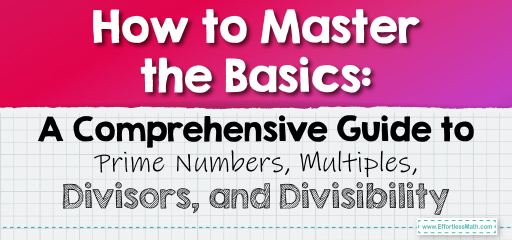
Step-by-step Guide to Master Prime Numbers, Multiples, Divisors, and Divisibility
1. Prime Numbers
- Definition: A prime number is a natural number greater than \(1\) that has no positive divisors other than \(1\) and itself. In other words, it cannot be formed by multiplying two smaller natural numbers.
- Examples: \(2, 3, 5, 7, 11, 13\), etc.
- Identifying Prime Numbers:
- Check if a number greater than \(1\) is divisible only by \(1\) and itself.
- Use methods like trial division, where you try dividing the number by all natural numbers up to its square root.
2. Understanding Multiples
- Definition: A multiple of a number is the product of that number and an integer.
- Examples:
- Multiples of \(2\): \(4, 6, 8, 10, 12\), etc.
- Multiples of \(5\): \(10, 15, 20, 25\), etc.
- Identifying Multiples:
- Multiply the number by various integers (positive or negative) to find its multiples.
3. Divisors
- Definition: A divisor of a number is an integer that can be multiplied by another integer to produce the number.
- Examples:
- Divisors of \(6\): \(1, 2, 3, 6\).
- Divisors of \(15\): \(1, 3, 5, 15\).
- Identifying Divisors:
- Find all numbers that divide the given number without leaving a remainder.
4. Divisibility
- Definition: A number is divisible by another if, upon division, the result is an integer with no remainder.
- Divisibility Rules:
- For \(2\): A number is divisible by \(2\) if its last digit is even.
- For \(3\): A number is divisible by \(3\) if the sum of its digits is divisible by \(3\).
- For \(5\): A number is divisible by \(5\) if its last digit is \(0\) or \(5\).
- Applying Divisibility:
- Use divisibility rules to quickly determine if one number can be divided evenly by another.
5. Practice and Application
- Problem Solving: Apply these concepts to solve problems in number theory, algebra, and real-world scenarios.
- Practical Examples: Determine if a number is prime, find all divisors of a given number, or use divisibility rules to simplify calculations.
6. Advanced Concepts (Optional)
- Explore concepts like prime factorization, greatest common divisors, least common multiples, etc., for a deeper understanding.
Final Word
- Prime numbers are foundational in mathematics, and understanding their properties, along with concepts of multiples, divisors, and divisibility, is crucial in various mathematical fields.
- Regular practice and application of these concepts help in strengthening mathematical proficiency and problem-solving skills.
Examples:
Example 1:
Is \(17\) a prime number?
Solution:
- A prime number is a natural number greater than \(1\) that has no positive divisors other than \(1\) and itself.
- To determine if \(17\) is a prime number, check if it has any divisors other than \(1\) and \(17\).
- Since \(17\) cannot be divided evenly by any number other than \(1\) and \(17\), it is a prime number.
Example 2:
What are the divisors of \(12\)?
Solution:
- Divisors of a number are numbers that divide it evenly.
- The divisors of \(12\) are \(1, 2, 3, 4, 6\), and \(12\) since:
- \(12÷1=12\)
- \(12÷2=6\)
- \(12÷3=4\)
- \(12÷4=3\)
- \(12÷6=2\)
- \(12÷12=1\)
Related to This Article
More math articles
- 6th Grade NJSLA Math Worksheets: FREE & Printable
- The Ultimate 6th Grade Scantron Performance Math Course (+FREE Worksheets)
- How to Get 800 on the SAT Math?
- How to Write the Standard Form of Linear Equations?
- Top 10 Tips to ACE the PSAT/NMSQT Math Test
- Algebra Puzzle – Challenge 55
- How to Graphs of Rational Functions?
- Top 10 PSAT 10 Math Practice Questions
- 10 Most Common 3rd Grade PARCC Math Questions
- The Ultimate College Algebra Course (+FREE Worksheets & Tests)


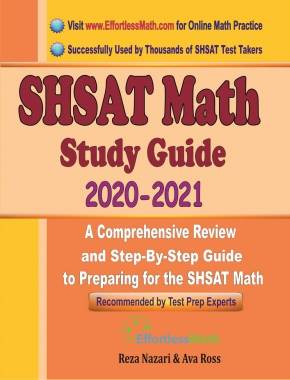

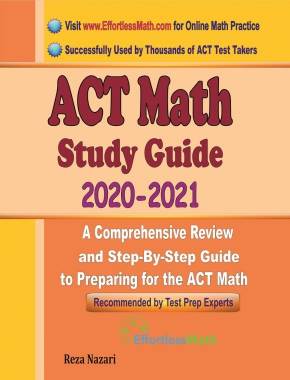
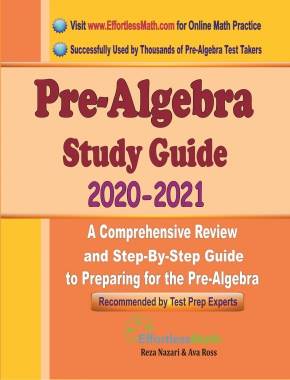
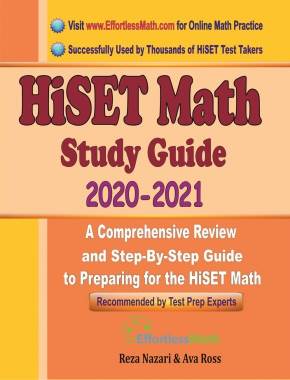
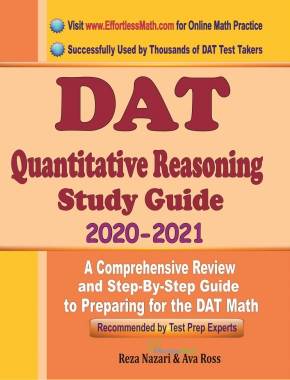
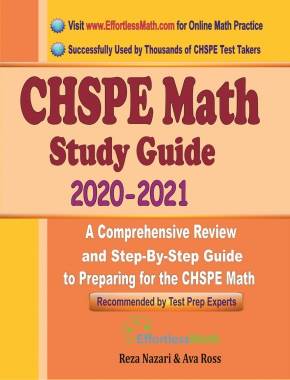
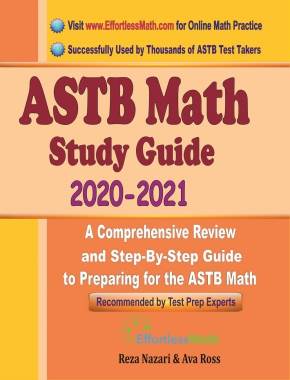
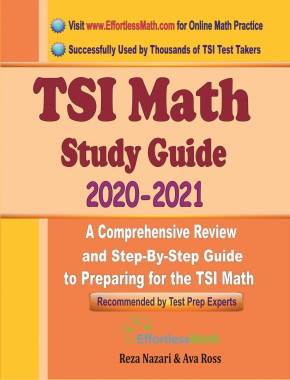
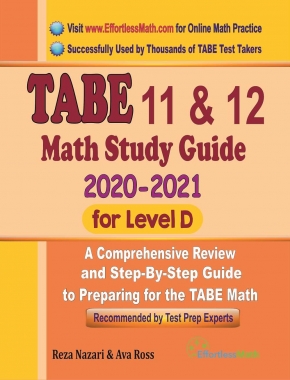


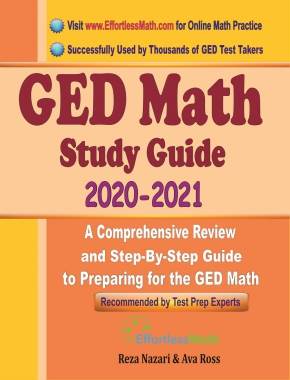



What people say about "How to Master the Basics: A Comprehensive Guide to Prime Numbers, Multiples, Divisors, and Divisibility - Effortless Math: We Help Students Learn to LOVE Mathematics"?
No one replied yet.